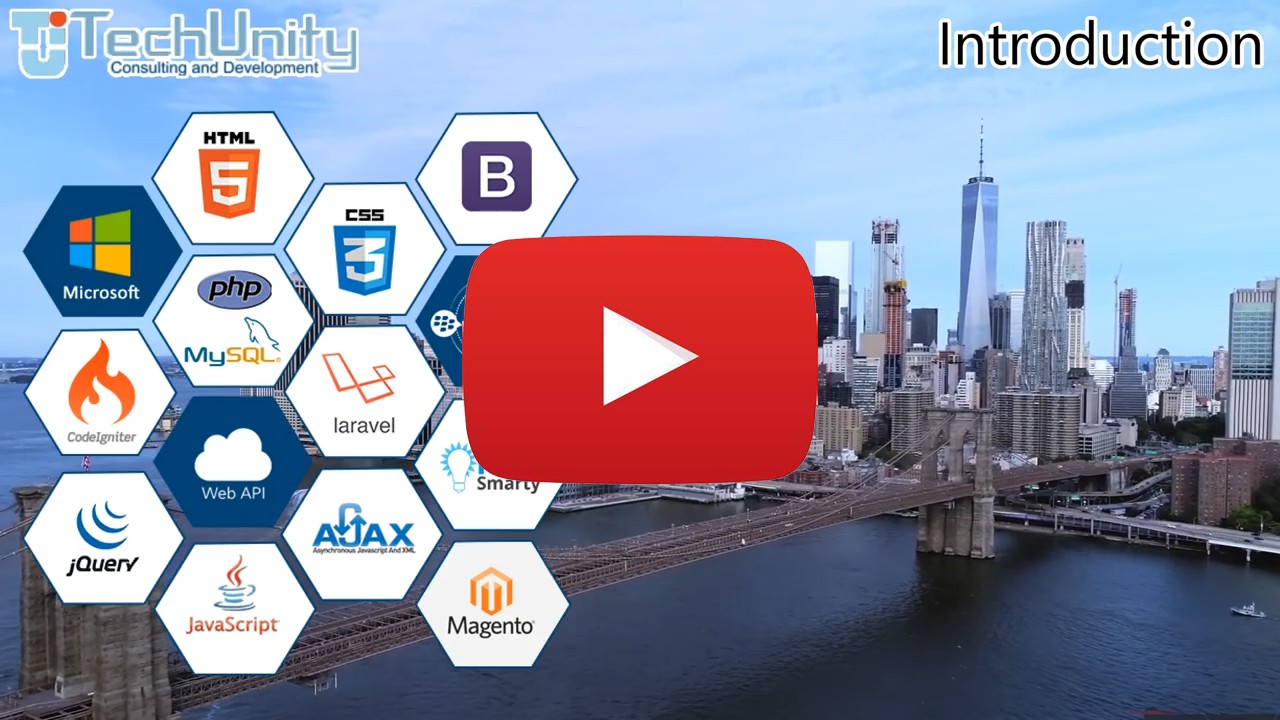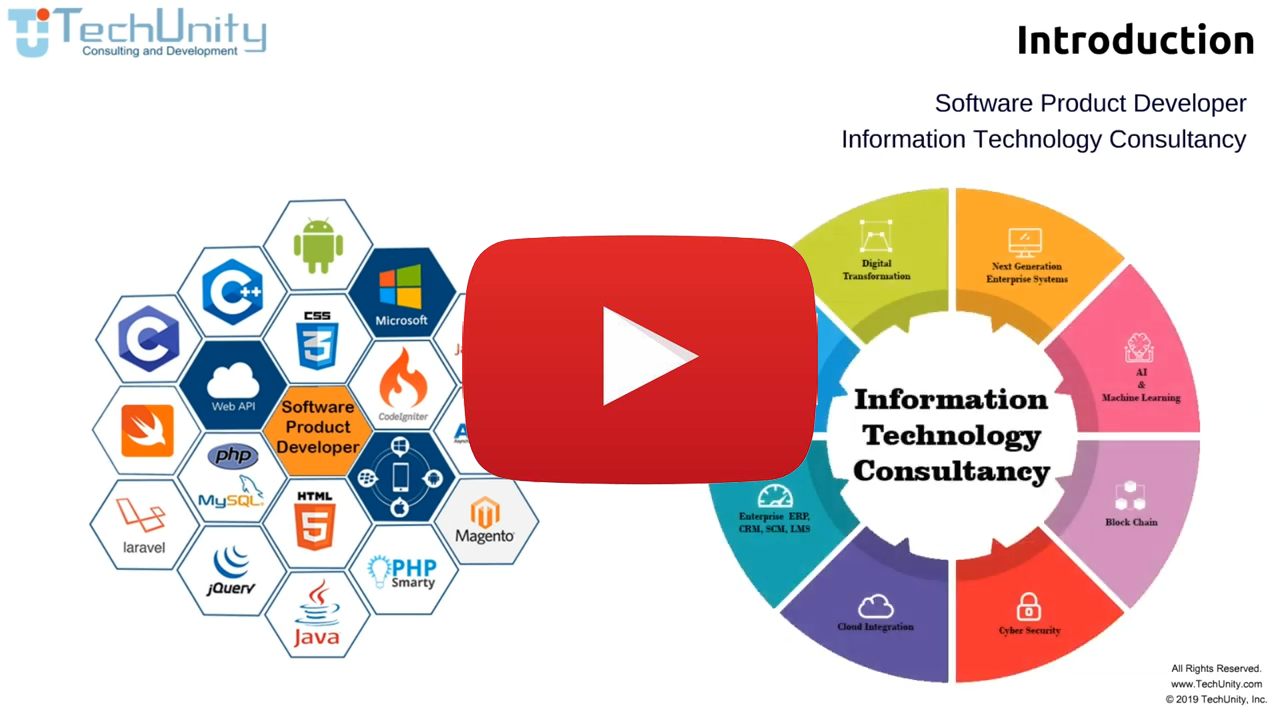Web 3.0 signifies a transformative leap in how we interact online, prioritizing decentralization, user sovereignty, and data privacy. Harnessing Blockchain, AI, and IoT to create a semantic, interconnected web, empowering users with control over data and facilitating direct interactions without intermediaries. This evolution fosters innovative business models, enhances online security, and ensures transparent, trust-based digital experiences, marking a basal shift towards a more democratic and equitable internet.
The growth of Web 3.0 this decade is marked by advancements in decentralized technologies, leading to rapid adoption across sectors. Blockchain and AI integration are driving a more secure, user centric internet, fostering innovation in finance, entertainment, and communication. As businesses embrace decentralized platforms, Web 3.0 is setting new standards for online interactions, privacy, and digital ownership, signaling a shift towards a more interconnected and autonomous digital ecosystem.
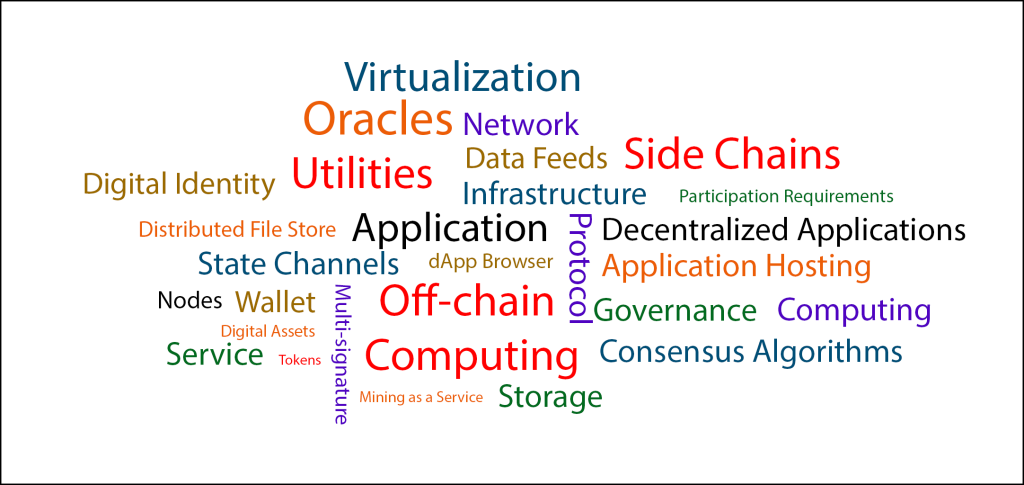
Web 3.0 Characteristics
Web 3.0 transforms the digital landscape through its decentralized nature, ensuring data sovereignty and enabling direct, intermediary-free transactions with cryptocurrencies. It fosters an environment where users control their digital identities, enhancing privacy and security. The trustless architecture of Web 3.0, combined with immutable data storage, brings unparalleled transparency. Its interoperable framework allows for seamless application integration, supporting the semantic web's intelligent data interpretation.
Web 3.0 Applications
Decentraland's monthly active users grew 400% in 2021 to 80,000 with over $1 billion in virtual land sales. Axie Infinity became the biggest NFT collection, crossing $3.6 billion in sales with 1.5 million daily players. Opensea's trading volume grew 100x to over $20 billion, hosting 80% of NFT transactions. Theta Network streamed 150+ million hours in 2021 with 40% more nodes. Uniswap reached $10 billion weekly volume as a top decentralized exchange. MakerDAO surpassed $20 billion total value locked and added real-world assets as collateral.
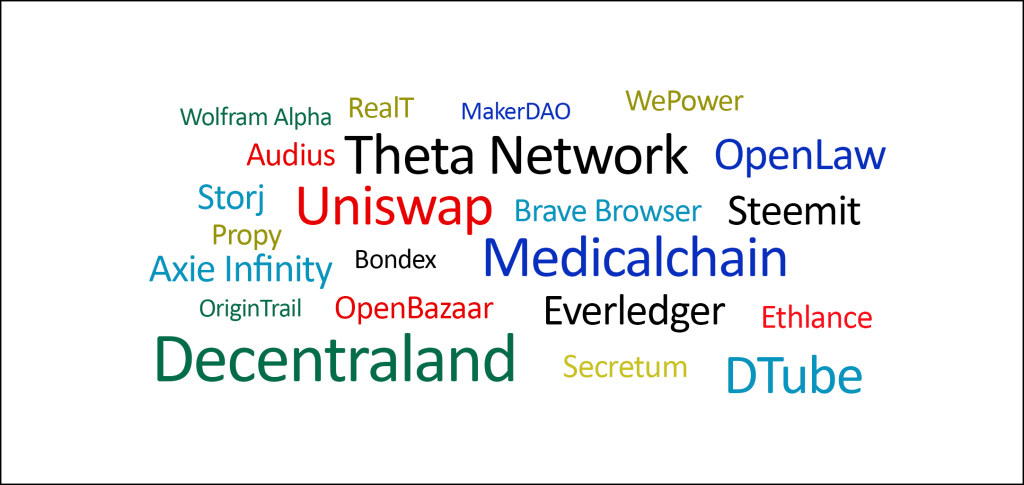
Technology Stack
The Web 3.0 stack layers infrastructure to applications, enabling a decentralized digital world. The Infrastructure Layer provides secure, distributed data management with blockchain architecture. Consensus algorithms enable trustless interactions at the Protocol Layer. The Utilities Layer supplies services like oracles and digital identities. The Services Layer facilitates dApp development, governance, and off-chain computing for the Applications Layer where user-centric dApps interface with the decentralized web, showcasing its transformative potential.
| Web 3.0 Tech Stack | ||
|---|---|---|
| # | Layers | Technologies |
| 1 | Application Layer |
dApp Browser, Application Hosting, Decentralized Applications, Wallets, dApp Platforms & Marketplaces |
| 2 | Service Layer |
Scalability Solutions, Off-chain Computing, Governance, State Channels, Identity Frameworks, Oracles, Analytics Engines |
| 3 | Utilities Layer |
Multi-signature, Digital Assets, Smart Contracts, Digital Identity, Distributed File Store,Decentralized Messaging | 4 | Protocol Layer |
Consensus Algorithms (ASIC-optimized PoW, PoS, PoET, PoST, Casper TFG PoS), Side Chains, Participation Requirements, Virtual Machines (EVM, WASM, NEVM),Sybil Resistance |
| 5 | Infrastructure Layer | Mining (MaaS), Network, Virtualization, Computing, Nodes, Tokens, Layer 1s & Layer 2s Blockchains, Decentralized Domains |
Web 3.0: Design, Code, Test, Deploy
Critical aspects of creating Web 3.0 applications involves embedding interoperability and scalability, vital for fostering growth and user engagement. Designers prioritize data sovereignty, information control, and energy-efficient blockchain protocols. Aligning with standards and integrating robust security measures are essential steps to ensure the application's success in the evolving Web 3.0 landscape.
After development Testing is crucial to thoroughly vet contracts for vulnerabilities. Ensuring the UI interacts flawlessly with the blockchain and assesses efficient workload and transaction management are critical. Layered security, functionality, integration and performance testing underpins robustness and user trust.
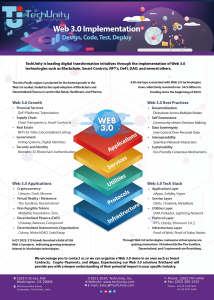
Web 3.0 Use Cases
Web 3.0 powered Decentraland enables a virtual real estate market where users can buy, sell, and develop virtual land and properties, creating new avenues for creativity, entertainment, and commerce in a decentralized virtual world. Uniswap disrupts traditional financial services by facilitating direct peer-to-peer cryptocurrency token exchanges through smart contracts on Ethereum, significantly lowering fees and democratizing access to financial markets. These Web 3.0 applications exemplify the potential to transform industries by enhancing user autonomy, enabling new decentralized business models, and fostering innovation in the digital and physical realms.





